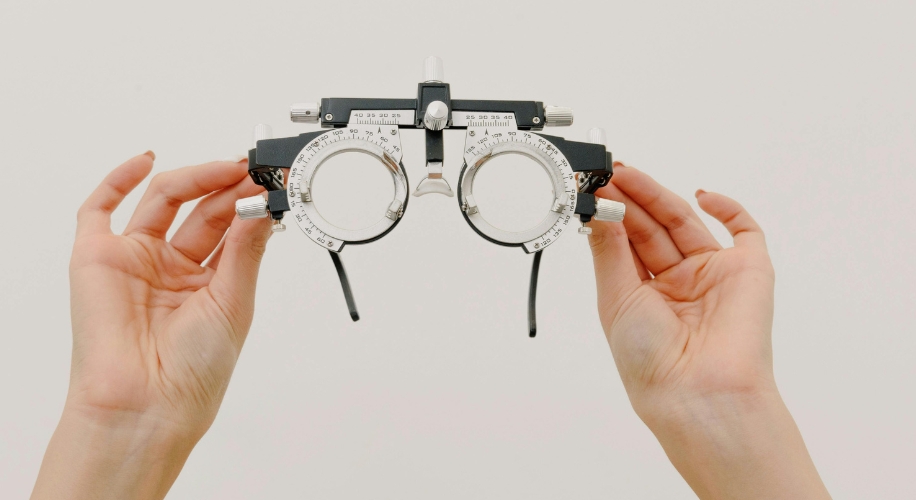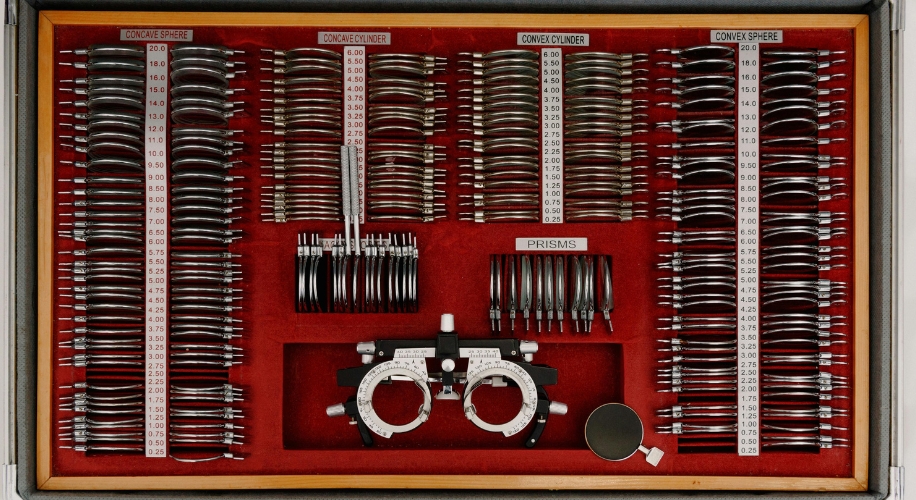Decoding Optometry : Understanding SPH in Your Prescription
- BY Dr. Steven Liem
- IN Eye Health

Prescriptions for glasses can often look like a confusing mix of numbers and abbreviations. One of the most commonly seen abbreviations on an eyeglass prescription is ‘SPH’, which stands for ‘Sphere’. But what does this term actually mean, and how does it impact your vision correction?
SPH: The Sphere in Optometry
In the simplest terms, SPH refers to the amount of lens power, measured in diopters (D), prescribed to correct myopia (nearsightedness) or hyperopia (farsightedness). If your prescription includes a minus sign (-) before the number, you are nearsighted; if it includes a plus sign (+), you are farsighted. In essence, the SPH value represents how strong your glasses need to be to bring your vision to the standard level of 20/20.
The Role of SPH in Vision Correction
Correcting your vision primarily involves bending light rays with corrective lenses so that they focus properly on your retina. And that’s where the SPH in your prescription comes in. It’s the key to figuring out how much correction you need. The further the number is from zero, the more vision correction (higher prescription) you need. So, a prescription of -1.00 indicates mild myopia, while -4.00 would signify high myopia. Similarly, for hyperopia, +1.00 would be mild and +4.00 would point to high hyperopia. However, vision correction isn’t just about SPH. You’ll likely also see other terms on your prescription like CYL (cylinder) and Axis, which are important for correcting astigmatism. But SPH remains a crucial starting point in understanding your visual needs and finding the right vision solutions.

Choosing the Right Glasses with Your SPH
Once you understand your SPH value, you’re well on your way to picking out the perfect pair of glasses. But, remember, the higher your SPH value, the thicker your lenses might be. That’s where choosing the right frames and lens material becomes important. For instance, high-index lenses can be thinner and lighter, making them a good choice for high SPH values.
When choosing eyeglass frames, it’s essential to consider your face shape to ensure a flattering and comfortable fit. Zenni understands the importance of this aspect and offers a helpful guide to assist customers in selecting frames that complement their unique facial features. Whether your face is round, square, heart-shaped, or any other shape, Zenni provides tailored recommendations to simplify the frame selection process. By utilizing Zenni’s face shape guide, customers can confidently explore a curated collection of glasses designed to enhance their individual style and personality while ensuring optimum comfort and visual appeal.

At the end of the day, understanding the meaning of SPH and how it affects your glasses choice can help you make informed decisions about your vision correction. Selecting the ideal frame or determining the appropriate lens materials involves considering various factors, and your SPH value plays a crucial role in this decision-making process.

